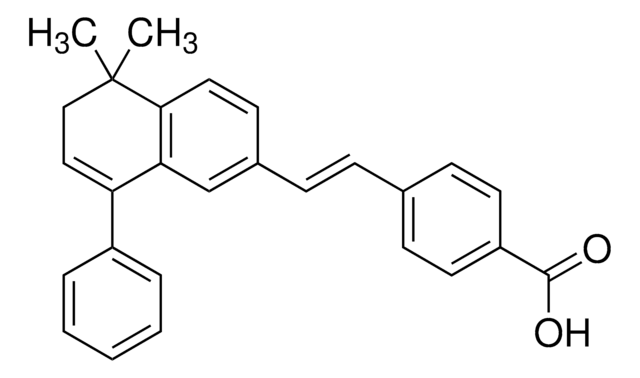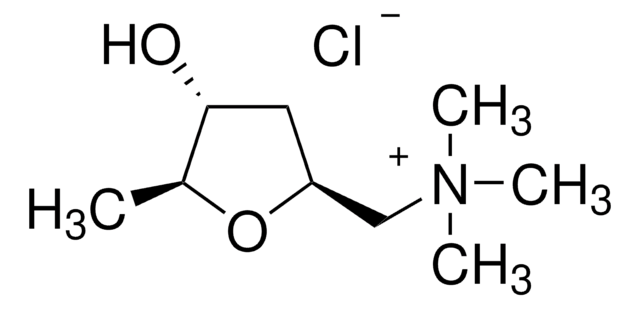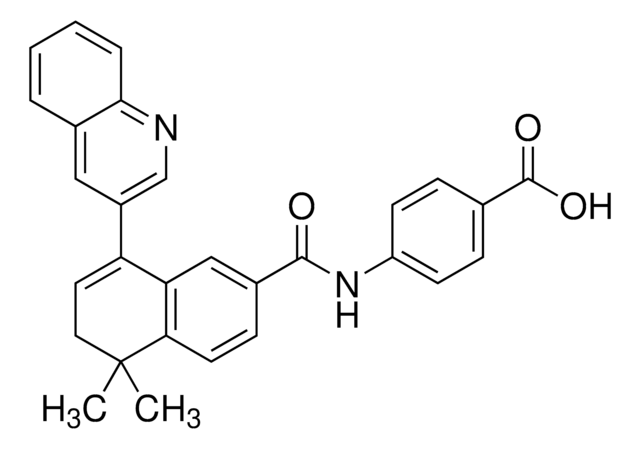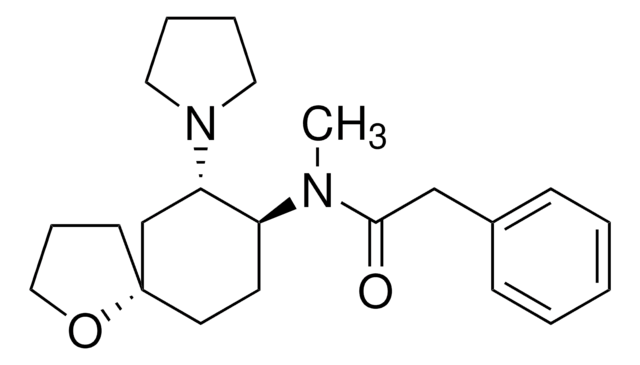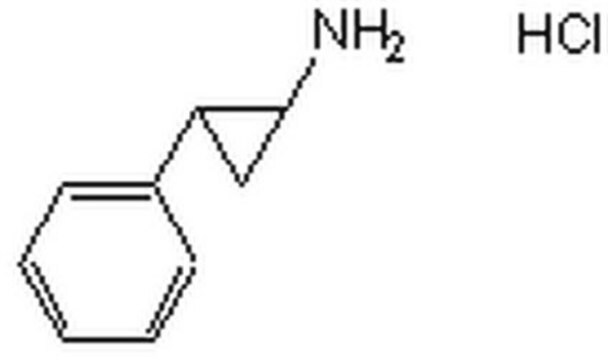O0766
ONO-RS-082
≥97% (HPLC)
Synonym(s):
2-(p-Amylcinnamoyl)amino-4-chlorobenzoic acid, 4-Chloro-2-[[1-oxo-3-(4-pentylphenyl)-2-propen-1-yl]amino]-benzoic acid
About This Item
Recommended Products
Quality Level
Assay
≥97% (HPLC)
form
powder
shelf life
Do not freeze
storage condition
protect from light
color
white
solubility
DMSO: ≥20 mg/mL
storage temp.
room temp
InChI
1S/C21H22ClNO3/c1-2-3-4-5-15-6-8-16(9-7-15)10-13-20(24)23-19-14-17(22)11-12-18(19)21(25)26/h6-14H,2-5H2,1H3,(H,23,24)(H,25,26)/b13-10+
InChI key
MDVFITMPFHDRBZ-JLHYYAGUSA-N
Biochem/physiol Actions
Features and Benefits
Signal Word
Warning
Hazard Statements
Precautionary Statements
Hazard Classifications
Aquatic Acute 1 - Aquatic Chronic 1
Storage Class Code
11 - Combustible Solids
WGK
WGK 2
Flash Point(F)
Not applicable
Flash Point(C)
Not applicable
Choose from one of the most recent versions:
Certificates of Analysis (COA)
Don't see the Right Version?
If you require a particular version, you can look up a specific certificate by the Lot or Batch number.
Already Own This Product?
Find documentation for the products that you have recently purchased in the Document Library.
Articles
Phospholipase A2 (PLA2) designates a class of enzymes that hydrolyze the sn-2 ester of glycerophospholipids to produce a fatty acid and a lysophospholipid. It has become clear that some of these enzymes liberate arachidonic acid in mammalian cells for the biosynthesis of eicosanoids, and thus there has been considerable interest in developing PLA2 inhibitors. Based on amino acid sequences, there are now more than 12 distinct groups of mammalian PLA2s, as well as many non-mammalian forms, all of which have been classified into 14 distinct groups with many subgroups.
Our team of scientists has experience in all areas of research including Life Science, Material Science, Chemical Synthesis, Chromatography, Analytical and many others.
Contact Technical Service
